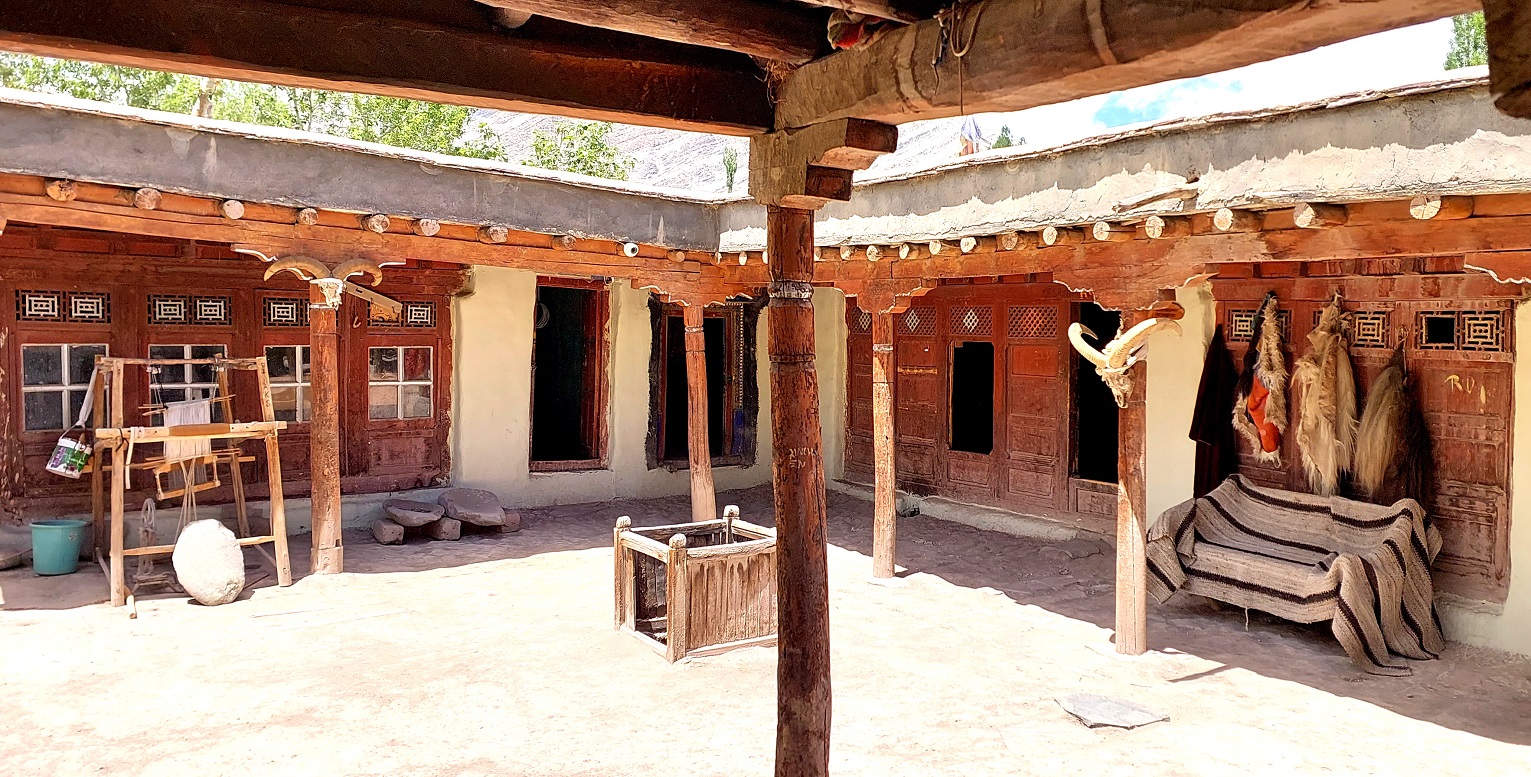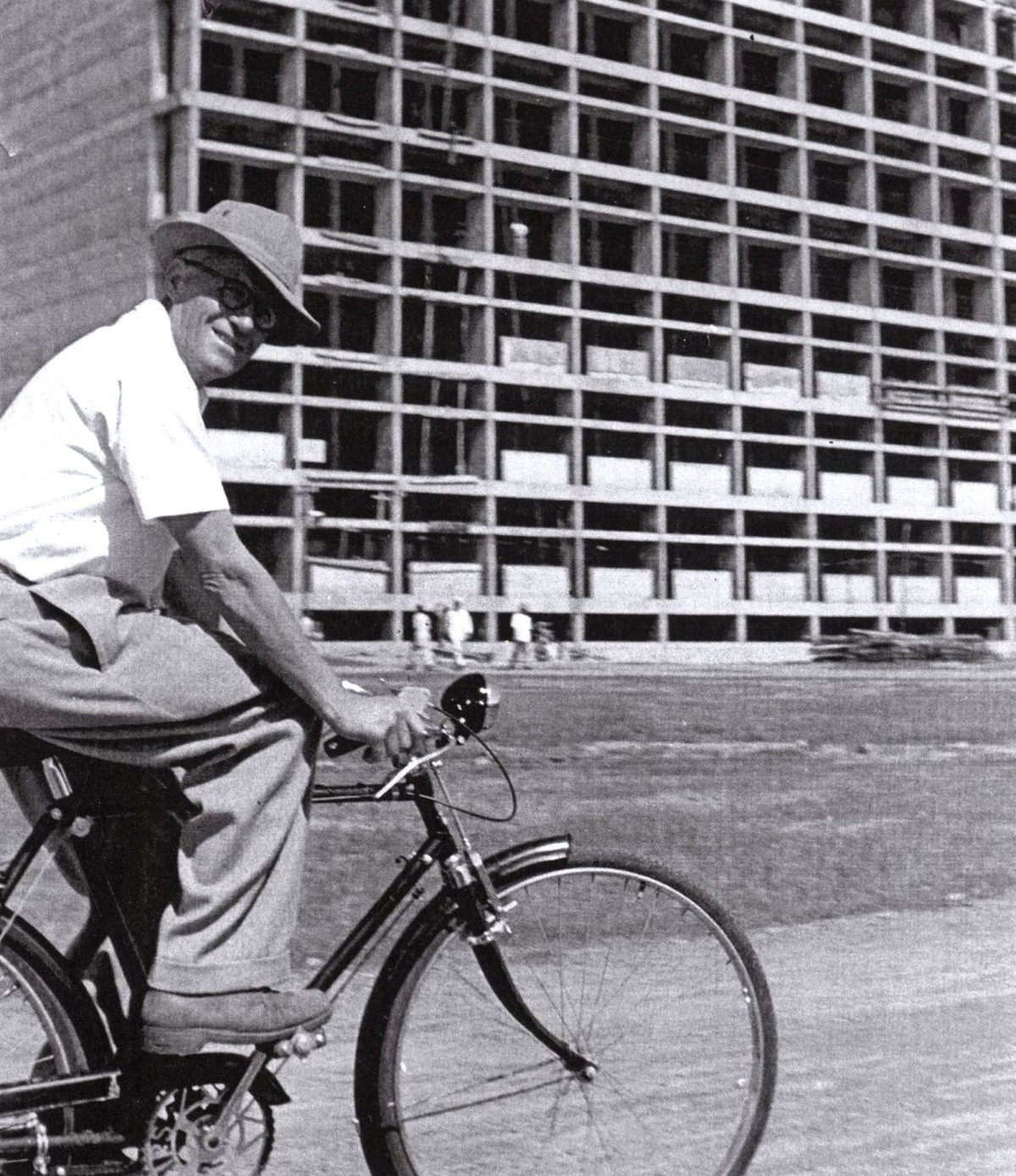31st National Energy Conservation Day, 2021
By Tripat Girdhar, Socio-Environment Specialist,
Principal Architect of The Design Studio
We’ve talked about energy conservation before, but are we conserving it? The epidemic, on the other hand, taught us a lot about human life and the importance of our surroundings. When we are all together in the house, there are significant changes visible, and we can see mountains. Is it possible for us to make the same adjustments in our daily lives?
India has the world’s second-largest population, hence its energy usage is excessive. The dread of depletion of all energy resources has begun to grow. As a result, we must pay special attention to energy conservation or create other resources to replace it, because if we fail in our efforts during that time, the entire human civilization may be jeopardised.
According to the UN Environment Programme’s (UNEP) 2020 World Status Report for Building and Construction, building operations account for 28% of global emissions, with construction-related industries like cement and glass accounting for 10%. Furthermore, according to a study conducted by the World Resources Institute (WRI) India, greenhouse gas emissions from commercial, institutional, and residential structures in the city are expected to increase 3.3 times by 2050.
Every year on December 14th, we commemorate National Energy Conservation Day. And this time, we are celebrating 31st National Energy Conservation day. The goal of the special day is to promote awareness about the importance of energy and the importance of conserving and saving energy by consuming less of it. Let’s chat about how we can overcome our difficulties.
Overcoming Sustainability Challenges:
As an architect in India, we made every effort to employ ecologically safe materials in each project. It’s not enough; we need to do more to help India become less energy-intensive through the use of renewable and solar energy. It will be difficult to overcome India’s urbanisation and sustainability concerns. We can begin to identify some of the methods to make this happen by bringing together a wide collection of stakeholders for a solutions-oriented conversation. The government has taken several steps to make this happen, but is this enough to help the environment? Instead of criticising the government, we should talk to them and work out a solution because we do the real job on the ground and understand the difficulties and how people respond to them. We have a large number of potential architects, and we can all contribute.
The Ministry of Power has suggested revisions to the Energy Conservation Act of 2001, including a clause requiring establishments and industrial units to consume a minimum amount of renewable energy in their overall consumption. Its goal is to encourage people to use renewable energy. The goal will be to increase renewable energy demand in end-use industries such as industry, buildings, and transportation.
Apart from that, every Indian citizen can save energy by avoiding the usage of superfluous fans, lights, heaters, and other electrical devices in their daily lives. It is the simplest and most effective approach to save extra energy, and it can contribute significantly to the National Energy Conservation Campaign. On the other hand, people should be aware that more light bulbs in the office cause a variety of issues such as tension, headaches, high blood pressure, exhaustion, and reduced worker productivity. However, when workers are exposed to natural light, their job efficiency improves and their energy consumption drops.
Conclusion:
Energy conservation is the first step toward a healthier, more sustainable, and environmentally friendly future. National Energy Conservation Day aims to raise public awareness about climate change and global warming by encouraging people to conserve energy. However, Green or sustainable construction, is a relatively recent notion and a step toward fostering green living. Green buildings, in comparison to traditional structures, are meant to consume less energy and water, save natural resources, generate less waste, and provide areas that are healthy and comfortable to live in.



